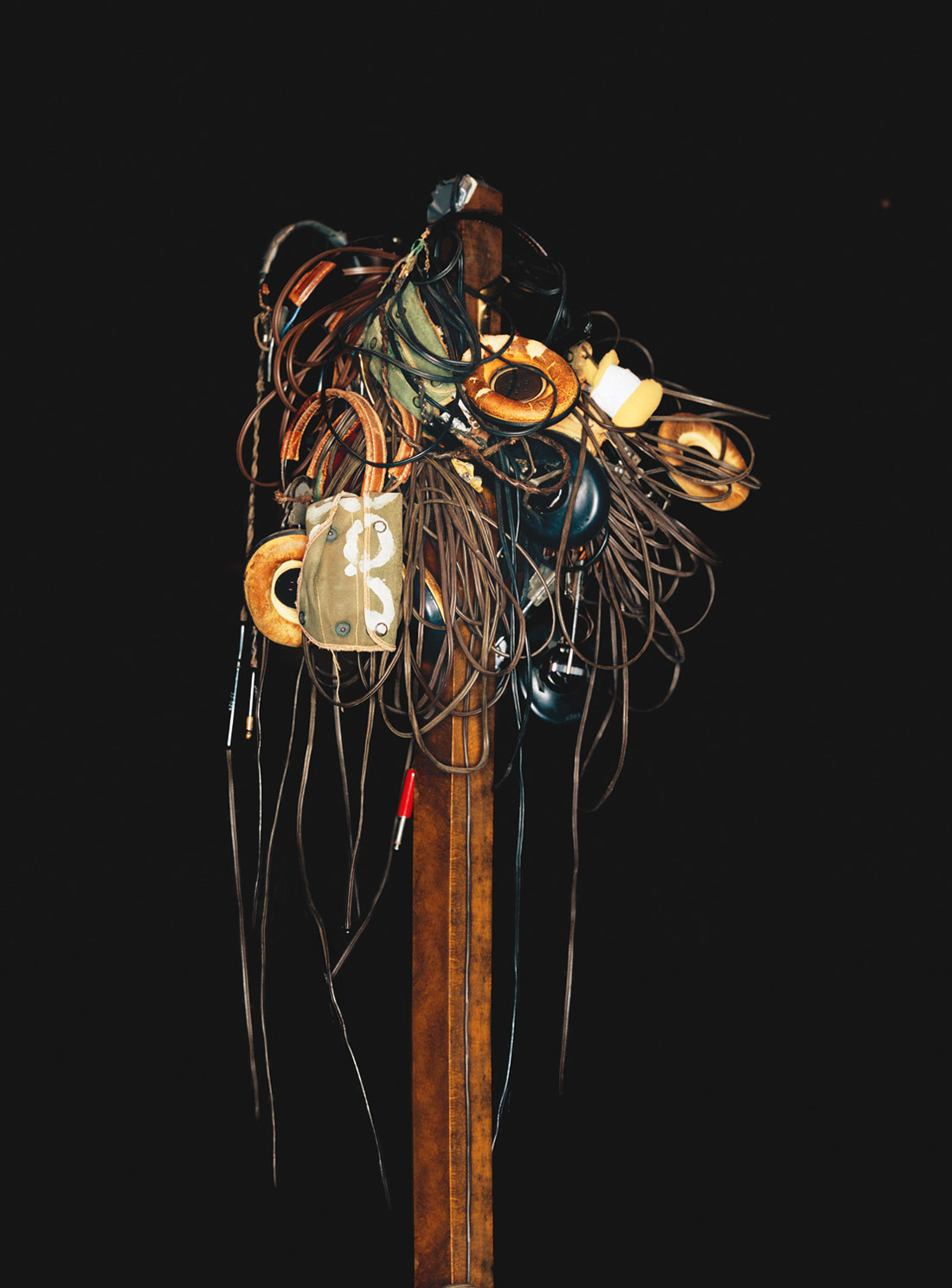As far as I know, these are the first custom-molded, in-ear monitors developed for pro audio engineers. As these are custom-molded to fit your ears, I first had to go get my ears molded by an audiologist — always a weird sensory deprivation experience. A few weeks later, my monitors arrived and I tried them out. The first thing I noticed was that the acrylic housing seemed “hard,” and I did later find that housing began to irritate my outer ear after three or more hours of constant use. But that’s about my only criticism — let’s get back to the sound of these in-ears. The search for a flat, non-hyped frequency response was carried out with the staff of the famed Capitol Studios in L.A., and it shows. Construction-wise, three proprietary balanced armature speakers per ear work with the tiniest crossover I’ve seen (molded inside the clear plastic) to deliver some damn flat frequencies. I first used them while checking a mastering guy’s work on my mixes and identified a 1 dB change at 150 Hz that I didn’t like. That’s pretty good in my book. I listened to more material that I had mixed, and songs sounded “correct” compared to my mixing experiences and my office studio monitors.
For a real test, I worked on an in-the-box mix on my MacBook Pro while using these in-ear monitors. I found it very easy to make decisions on panning, levels, and plug-in settings. I really felt that these translated far better to monitors than typical over-the-ear, closed headphones. Even center-channel vocal levels worked well, something headphones and my previous, non-molded in-ears didn’t do as well.
I also tried these out while flying out to Cleveland. First I found out my travel iPod’s amplifier has a slightly deficient left channel for some reason! As mentioned before, over three hours of use seemed to bring on a bit of an ache. I even tried to do some Pro Tools edits on the plane, but was thwarted by some audio setup issues I didn’t know how to fix (and couldn’t Google a solution for). Listening to demos before arriving worked out great though, and the isolation might have cost me a few drink orders, but the screaming kids never got to me.
I plan to try these out for live recording gigs, as the –26 dB of isolation will help immensely when trying to check sounds out in a live club setting. I’ll report on this on the online version of this review when I get my next live session. Andy Hong had warned me, “Other Ultimate Ears in-ears I’ve used had annoying physical noise from the cable rubbing against my clothing and head.” I kept trying to make this happen, and not once was I been able to hear cable noise.
Overall, these in-ears are excellent for working on the road when you need to reference masters, pull off an emergency mix, or just simply need to travel with something smaller than headphones for out-of-town studio work. I’ve found myself pulling them out in my office to really dig into a track and listen closer than I can with monitors. I’d highly recommend these to engineers that have to travel a lot (and not just for the flight). The cost might seem high compared to earbuds or regular headphones, but these are a whole ‘nother way of listening, and they were designed the right way. A metal case, cleaning tool, 1/4’’ adapter, and airplane audio adapter are included. ($999; ultimateears.com) –LC
Monitoring | No. 82
PRO 900 S-Logic headphones
by Jeff Elbel
With a broad line designed for both home audio and professional use, German designer Ultrasone knows headphones. The PRO 900 headphones advance many features included in 2007's HFI2200 model, a...




_disp_horizontal_bw.jpg)